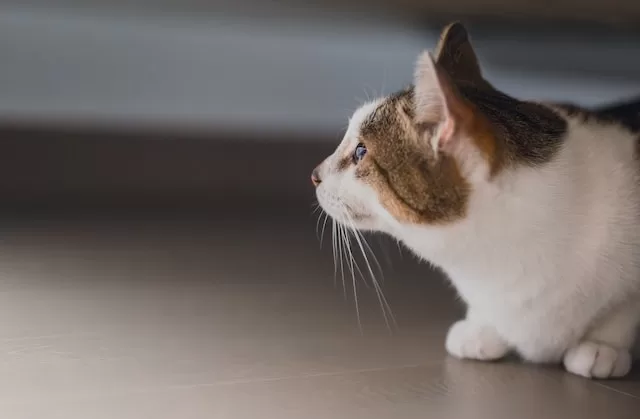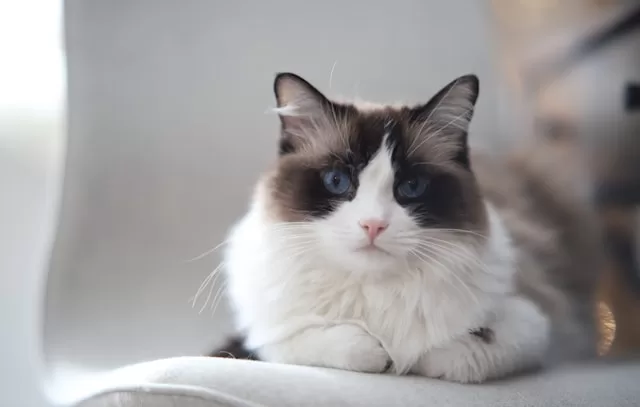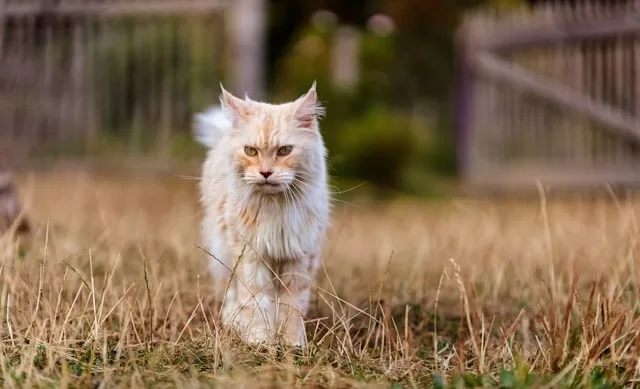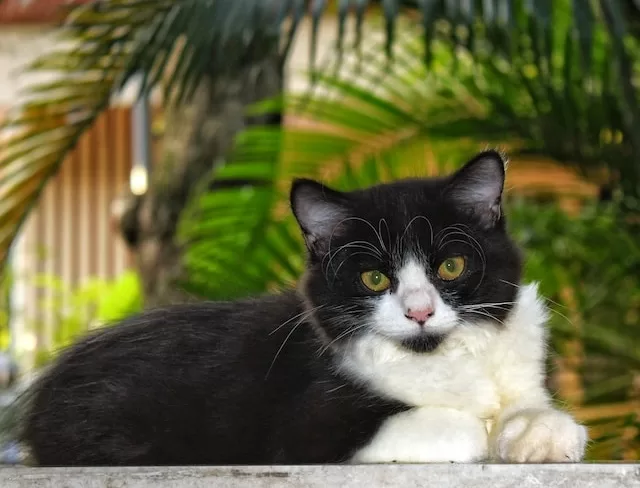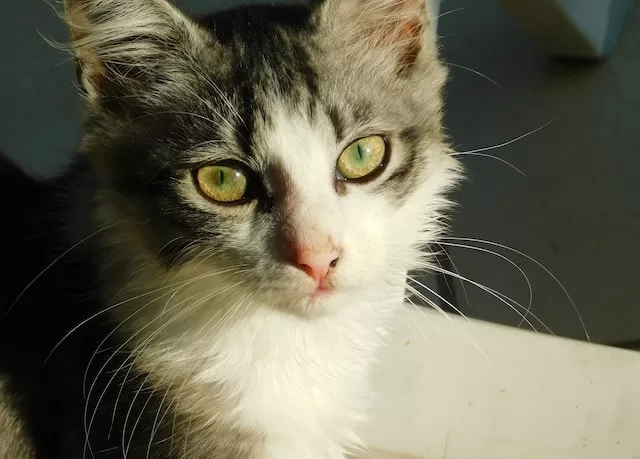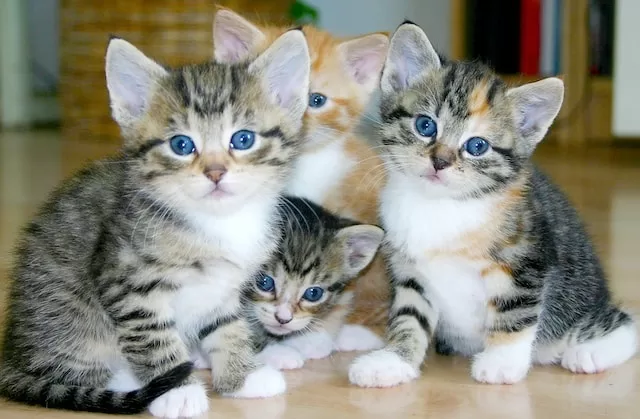Cats are wonderful companions, and keeping them well-groomed is an essential part of maintaining their health and happiness. Regular brushing and combing not only help to keep your cat’s fur looking great but also prevent matting and reduce shedding.
In this, we’ll explore the different types of cat brushes and combs available, and how to use them effectively to keep your furry friend looking and feeling their best.
Why Grooming Matters
Grooming is not just about making your cat look cute; it’s also crucial for their overall well-being. Regular grooming helps to:
Prevent Matting: Cats have a natural tendency to groom themselves, but sometimes their fur can become tangled and matted. Regular brushing helps to prevent these painful mats from forming.
Reduce Shedding: Shedding is a natural process, but it can lead to hairballs and excess fur around your home. Brushing helps to remove loose fur before it ends up on your furniture or in your cat’s stomach.
Bonding: Grooming sessions can be a great way to bond with your cat. Many cats enjoy the attention and the soothing sensation of being brushed.
Health Check: Regular grooming allows you to check your cat’s skin for any abnormalities, such as bumps, cuts, or signs of fleas or ticks.
-
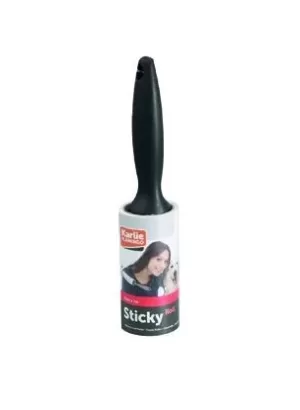 Flamingo Sticky RollAED 20.00
Flamingo Sticky RollAED 20.00 -
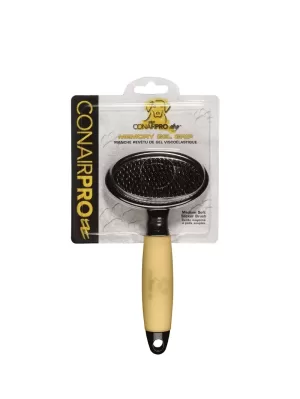 Conair Soft Slicker MediumAED 54.00
Conair Soft Slicker MediumAED 54.00 -
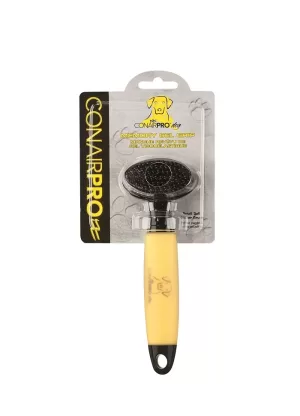 Conair Soft Slicker SmallAED 50.00
Conair Soft Slicker SmallAED 50.00 -
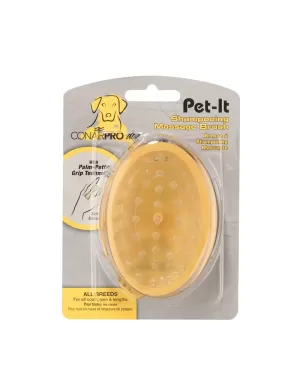 Conair Pet-It Shampooing Massage BrushAED 43.00
Conair Pet-It Shampooing Massage BrushAED 43.00 -
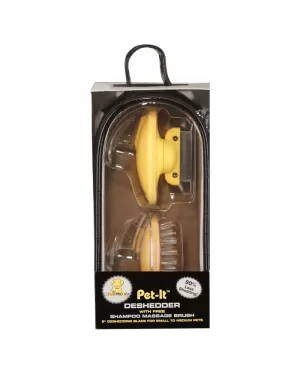 Conair Pet-It Deshedder 2″AED 144.00
Conair Pet-It Deshedder 2″AED 144.00 -
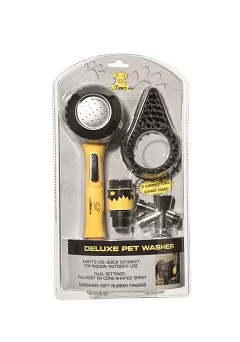 Conair Dog Cat Pet WasherAED 189.00
Conair Dog Cat Pet WasherAED 189.00
Types of Cat Brushes and Combs
There are various types of brushes and combs available, each designed for specific grooming needs:
Bristle Brushes: These brushes have soft bristles and are suitable for cats with short, fine fur. They help to remove loose fur and distribute natural oils throughout the coat.
Slicker Brushes: Slicker brushes have fine wire bristles that are ideal for cats with medium to long fur. They’re effective at removing tangles and preventing mats.
Combination Brushes: These brushes combine bristles and wire pins, making them versatile for different fur types. They’re especially useful for cats with double coats.
Undercoat Rakes: If your cat has a thick undercoat, an undercoat rake can help remove dead hair and prevent matting.
Rubber Brushes: These brushes have soft rubber bristles and are great for massaging your cat’s skin and removing loose fur. They’re suitable for cats that may be sensitive to wire bristles.
Using Brushes and Combs
Here’s a simple guide to using brushes and combs on your cat:
Choose the Right Tool: Select a brush or comb that matches your cat’s fur type and length.
Start Slowly: If your cat is new to grooming, introduce the brush or comb gradually. Let them sniff and explore it before starting.
Gentle Strokes: Use gentle, slow strokes while brushing. Be cautious around sensitive areas like the belly and tail.
Be Patient: If you encounter tangles, don’t pull. Instead, gently work through them with your fingers or a comb.
Reward and Praise: Throughout the grooming session, offer treats and soothing words to make it a positive experience for your cat.
Regular Sessions: Aim for regular grooming sessions, especially during shedding seasons. Shorter, frequent sessions are often more effective than infrequent long sessions.
Overall
Grooming your cat is an act of love that benefits both you and your feline friend. Regular brushing and combing keep their coat healthy, reduce shedding, and strengthen the bond between you.
By choosing the right tools and using them with care, you can ensure that your cat remains comfortable, happy, and looking their best.

